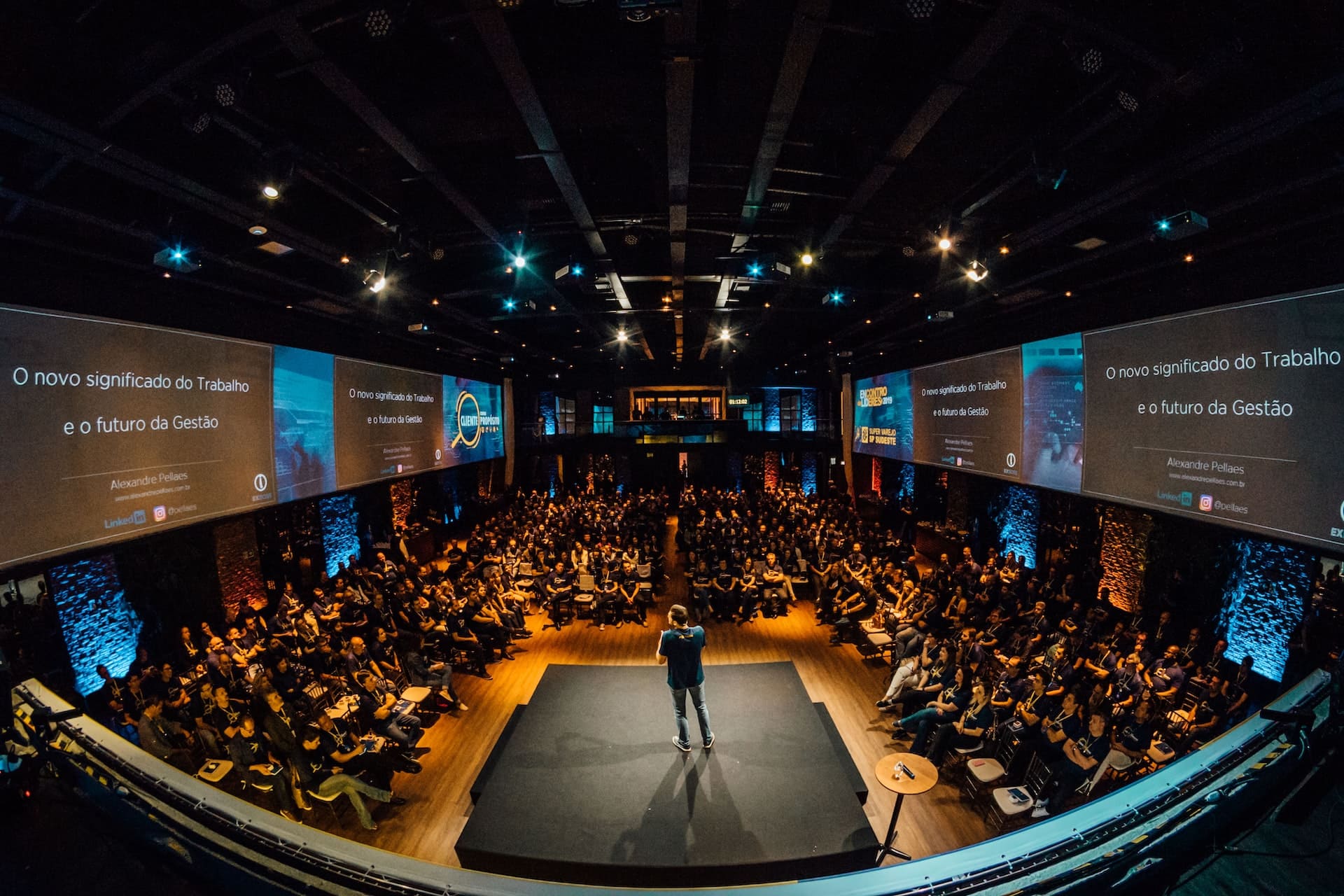A highly engaged workforce is a valuable asset for any organization. Engaged employees are more productive, loyal, and committed to their company's success. Fostering employee engagement is essential for attracting and retaining top talent. This comprehensive guide explores five effective ways to improve employee engagement and create a thriving work environment.
1. Encourage Open Communication and Feedback
A culture of open communication and feedback is key to fostering employee engagement. When employees feel heard and valued, they are more likely to be invested in their work and the company's success.
Foster a Feedback-Friendly Environment
Holding regular team meetings for open discussions
Implementing anonymous feedback channels, such as suggestion boxes or online surveys
Encouraging managers to seek input from their team members regularly
Recognize and Respond to Feedback
Actively acknowledging and addressing employee feedback demonstrates that their opinions matter. When employees see their suggestions being taken seriously, they are more likely to feel engaged and motivated.
For example, Google's "Googlegeist" employee survey allows employees to provide anonymous feedback on various aspects of the company. Google uses this data to identify areas for improvement and implement changes, demonstrating its commitment to listening and responding to employee feedback.

2. Offer Opportunities for Professional Development
In the rapidly evolving tech industry, continuous learning is crucial for staying ahead of the curve. Offering opportunities for professional development can help employees grow their skills, advance their careers, and remain engaged in their work.
Provide Access to Training and Development Programs
Invest in your employees' growth by offering access to:
Industry conferences and workshops
Online courses and certifications
In-house training programs
For example, IBM's "Think Academy" provides employees with access to thousands of online courses and learning resources. The company also encourages employees to attend industry conferences and offers financial support for pursuing certifications.
Encourage Knowledge Sharing
Promote a culture of knowledge sharing by organizing:
Atlassian, the software company behind Jira and Confluence, organizes "ShipIt" events where employees form teams to work on innovative projects outside of their regular responsibilities. These events not only promote knowledge sharing but also foster a sense of camaraderie and teamwork.
By supporting employees' professional development, you not only boost engagement but also foster a culture of continuous improvement.
3. Recognize and Reward Employee Achievements
Recognizing and rewarding employee achievements can significantly impact engagement levels. Employees who feel appreciated for their contributions are more likely to be motivated and committed to their work.
Implement a Recognition Program
Develop a recognition program that:
Celebrates individual and team accomplishments
Acknowledges milestones, such as work anniversaries or project completions
Highlights employees who embody company values
For instance, Adobe's "Adobe Impact Awards" recognize employees who demonstrate exceptional performance, innovation, and collaboration. The awards include monetary rewards, public recognition, and personal messages from senior leaders.
Offer Meaningful Rewards
In addition to verbal recognition, consider offering tangible rewards to acknowledge exceptional performance. Rewards can include:
Salesforce, a cloud-based software company, offers its employees various reward programs, including "Chatter Cash," a peer-to-peer recognition system where employees can give each other points that can be redeemed for various rewards.
By recognizing and rewarding employee achievements, you can foster a sense of pride and accomplishment, leading to higher engagement levels.
4. Promote Work-Life Balance
A healthy work-life balance is essential for employee well-being and engagement. Overworked and stressed employees are more likely to experience burnout and disengage from their work.
Offer Flexible Work Arrangements
Embrace flexibility by offering options such as:
Remote work or telecommuting
Flexible work hours or compressed workweeks
Job sharing or part-time positions
For example, Dell's "Connected Workplace" program allows employees to choose where, when, and how they work. This flexible approach enables employees to better balance their personal and professional lives, resulting in higher engagement and satisfaction levels.
Encourage Breaks and Time Off
Promote a culture that values rest and rejuvenation by:
Encouraging employees to take regular breaks throughout the day
Supporting employees in taking their allotted vacation time
Providing wellness initiatives, such as meditation sessions or fitness classes
At Slack, the popular messaging platform, the company encourages employees to take "Fri-Yays" – a monthly Friday afternoon off to rest and recharge. This initiative not only supports work-life balance but also helps prevent employee burnout.
By prioritizing work-life balance, you can help employees stay focused, energized, and engaged in their work.

5. Cultivate a Positive and Inclusive Company Culture
A positive and inclusive company culture plays a significant role in employee engagement. Employees who feel valued and included in their work environment are more likely to be dedicated and passionate about their work.
Foster a Supportive Atmosphere
Create a supportive work environment by:
Encouraging teamwork and collaboration
Offering resources for employee well-being, such as mental health support or stress management workshops
Celebrating diversity and promoting inclusive policies
For instance, Microsoft's "Employee Resource Groups" (ERGs) are employee-led communities that focus on fostering diversity and inclusion. These groups provide a supportive space for employees with shared interests or backgrounds, contributing to a more inclusive company culture.
Involve Employees in Decision-Making
Involving employees in decision-making processes can foster a sense of ownership and investment in the company's success. This can be achieved by:
Soliciting employee input on company decisions, such as new initiatives or policy changes
Forming cross-functional teams to tackle complex challenges and develop innovative solutions
Encouraging employees to participate in company-wide brainstorming sessions or idea competitions
For example, Spotify holds "Innovation Week" events that allow employees to work on passion projects and pitch their ideas to company leadership. This initiative not only promotes employee involvement in decision-making but also encourages creativity and innovation.
By cultivating a positive and inclusive company culture, you can create a work environment where employees feel engaged, valued, and empowered to contribute to the company's success.
Elevate Employee Engagement: Key Takeaways
Improving employee engagement is a multifaceted process that requires ongoing commitment and attention. By encouraging open communication, offering professional development opportunities, recognizing achievements, promoting work-life balance, and fostering a positive company culture, you can elevate employee engagement and create a thriving work environment. Remember, engaged employees are the driving force behind a successful and sustainable organization.






